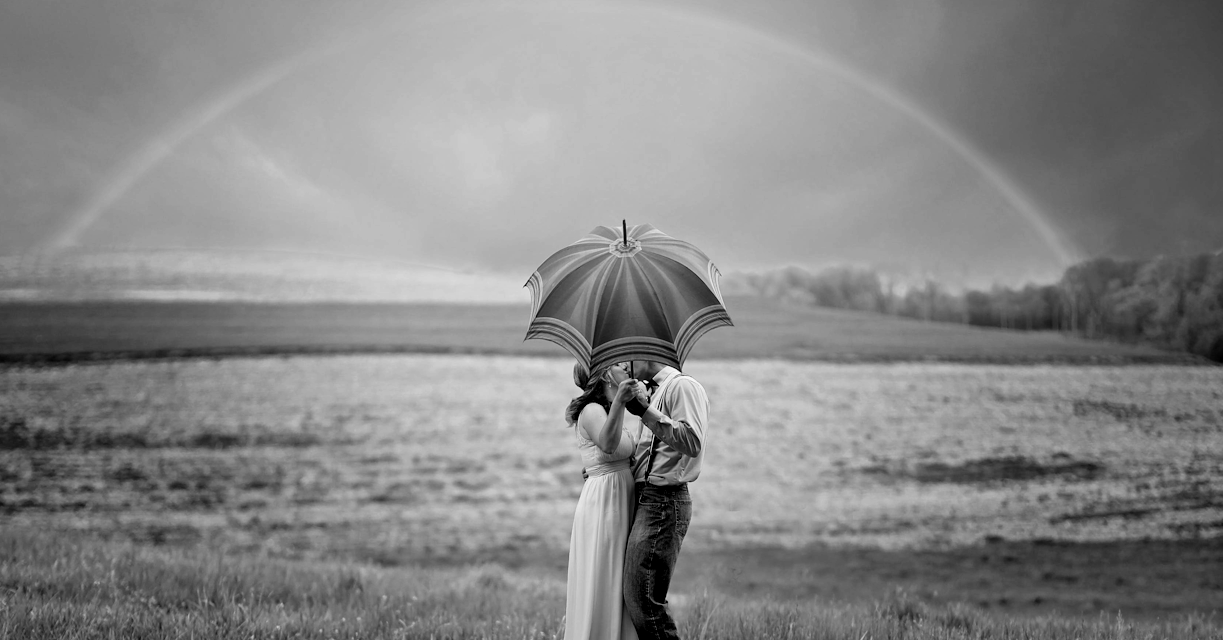


Photo: Pixabay
In 1382, Geoffrey Chaucer, the renowned English poet and author, wrote the poem Parlement of Foules to honor the first anniversary of the engagement of King Richard II to Anne of Bohemia. For reasons unclear, in his poem he decided to link the celebration of a martyr named Valentine with romance: For this was on Seynt Valentynes day, Whan every foul cometh ther to chese his make (For this was on Saint Valentine's Day, when every bird comes there to choose his mate). It is really fascinating how that ordinary-sounding line elevated Valentine into the now-known Saint of Love. There have been some arguments over whether it was St. Valentine of Genoa or of Rome that Chaucer was referring to, and whether Valentine's Day falls on February 14th or later sometime in May, but it is too late to debate either now. What is undebatable, however, is that billions of dollars' worth of roses and chocolates are exchanged between lovers every year on Valentine's day, making it the most lucrative sales event of the year for both florists and chocolatiers. But does anyone wonder where the cut flowers and the cocoa beans come from? Is love really in the air?

Photo: Unsplash
As shown in the Exports of Cut Flowers map below, 77.1% of cut flower exports are from four countries, Netherlands (43%), Columbia (16%), Ecuador (10%) and Kenya (8.1%). Together they account for 6.61 billion US dollars in cut flowers exports. The flowers are transported across the world in cargo jets and then delivered to stores in refrigerated trucks, both of which require burning fossil fuels, thereby leaving a global carbon footprint. As shown in the Imports of Cut Flowers map below, the United States (20%), Germany (14%), Netherlands (11%) and the United Kingdom (11%) are the largest importers of cut flowers, accounting for more than half of the global cut flower imports.
As shown in the Exports of Cocoa Beans map below, 78% of cocoa bean exports are from five countries, Cote d'Ivoire (40%), Ghana (19%), Nigeria (7.1%), Ecuador (6.6%) and Cameroon (5.3%). Together they account for 7.33 billion US dollars in cocoa bean exports. To meet the rising demand for chocolate, many of these countries have resorted to deforestation to clear up space for additional farmland. As the forests shrink in size, so does the amount of carbon absorption. That combined with the carbon emissions required to transport cocoa beans leaves a print that is less love and more carbon. As shown in the Imports of Cocoa Beans map below, Netherlands (25%), the United States (13%), Germany (10%) and Belgium (8.4%) are the largest importers of cocoa beans, accounting for more than half of the global cocoa bean imports.
Considering the fact that roses and chocolates are expended the most during Valentine's Day, it is fair to state that February 14th is as much associated with carbon as it is associated with love. It is then fair to ask if this is really how we want to express our love? After all, Chaucer never mentioned roses or chocolates, and neither of the Saints, whether it be St. Valentine of Genoa or St. Valentine of Rome, were martyrs of materialistic love. Maybe all your mate needs is a hug or a kiss, maybe all he or she needs is for you to say I Love You one more time, or maybe all that is needed is a promise that you will be by your loved ones' side no matter what. The bottom line is LET'S SPREAD LOVE, NOT CARBON!

Photo: Pexels
Mapystics Visualizations are interestingly interactive, information rich, live updating, aesthetically appealing and highly responsive. Embed or share one right away!

© Mapystics LLC All Rights Reserved.
Terms of Use | Privacy Policy | Cookie Policy | Disclaimer
info@mapystics.com